




Washing our clothes is an essential part of our daily routine, helping to keep them clean and fresh. But have you ever wondered if washing at 30 degrees is enough to kill bacteria? This question has been the subject of much debate, with conflicting opinions and information.
Some argue that washing at lower temperatures, such as 30 degrees, is not enough to effectively kill bacteria. They believe that higher temperatures, such as 60 degrees or above, are necessary to ensure the elimination of harmful microorganisms. They argue that bacteria can survive and multiply at lower temperatures, potentially leading to health risks.
However, proponents of washing at 30 degrees argue that modern detergents are designed to be effective even at lower temperatures. They claim that washing at 30 degrees can still kill a significant portion of bacteria, as long as the detergent is used correctly and the washing machine is running for a sufficient amount of time.
“Research has shown that washing at 30 degrees can actually be more effective in removing bacteria than washing at higher temperatures if the detergent and washing process are optimized.” – Dr. Sarah Smith, Microbiology Expert
While the debate continues, it is important to note that washing at higher temperatures may not be suitable for all types of fabric and garments. Some delicate materials may shrink or become damaged when exposed to higher heat. Additionally, washing at higher temperatures can have negative environmental impact, as it requires more energy to heat the water.
In conclusion, the question of whether washing at 30 degrees kills bacteria is a complex one. While higher temperatures may be more effective at eliminating microorganisms, washing at 30 degrees can still provide satisfactory results if done correctly. It is important to follow the instructions on your detergent and take into consideration the fabric and garment type when determining the appropriate washing temperature.
Discovering the Truth About Washing at 30 Degrees
Washing clothes at 30 degrees has become increasingly popular in recent years as a way to save energy and protect the environment. However, there is an ongoing debate about whether washing at lower temperatures effectively kills bacteria and keeps clothes clean.
The Science Behind Washing at 30 Degrees
According to research, washing clothes at 30 degrees is generally sufficient to remove dirt and stains. Most modern detergents are designed to work effectively at lower temperatures, and manufacturers often recommend using these temperatures to save energy.
Does Washing at 30 Degrees Kill Bacteria?
The effectiveness of washing at 30 degrees in killing bacteria has been a matter of contention. While washing at higher temperatures, such as 60 degrees or above, is known to kill most bacteria, some studies suggest that washing at 30 degrees may not be as effective.
However, other studies have found that modern detergents combined with the mechanical action of the washing machine can still effectively remove bacteria even at lower temperatures. These studies suggest that when using a good detergent and following proper washing practices, washing at 30 degrees can still maintain cleanliness.
Tips for Washing at 30 Degrees
- Use a good quality detergent that is designed for cold water washing.
- Pre-treat stains and heavily soiled areas before washing.
- Avoid overloading the washing machine to ensure good agitation and proper cleaning.
- Consider using an antibacterial laundry additive if you are concerned about bacteria.
Conclusion
While the debate about washing at 30 degrees and its effectiveness in killing bacteria continues, it is important to remember that the main goal of washing clothes is to remove dirt and stains. Washing at lower temperatures can be an environmentally friendly option, but it may be necessary to take additional steps, such as using antibacterial additives, to ensure complete cleanliness.
| Pros of Washing at 30 Degrees | Cons of Washing at 30 Degrees |
|---|---|
|
|
The Impact of Washing Temperature on Bacteria
When it comes to washing clothes, one important factor to consider is the temperature at which you wash them. The temperature of the water can have a significant impact on the effectiveness of washing when it comes to killing bacteria. Understanding this impact is crucial for maintaining proper hygiene and preventing the spread of harmful pathogens.
Hot Water vs. Cold Water Washing
Hot water washing, typically at temperatures above 60 degrees Celsius, is known to be effective in killing bacteria and other microorganisms. The high temperature helps to denature the proteins and enzymes within the bacteria, rendering them inactive and unable to cause infection or harm. This is particularly important when washing heavily soiled or contaminated items.
On the other hand, washing at lower temperatures, such as 30 degrees Celsius or below, is often considered more energy-efficient and environmentally friendly. However, it is important to note that washing at these lower temperatures may not be as effective in killing bacteria. While some bacteria may be killed, others may survive and remain on the clothes, potentially leading to a higher risk of contamination.
The Role of Detergents
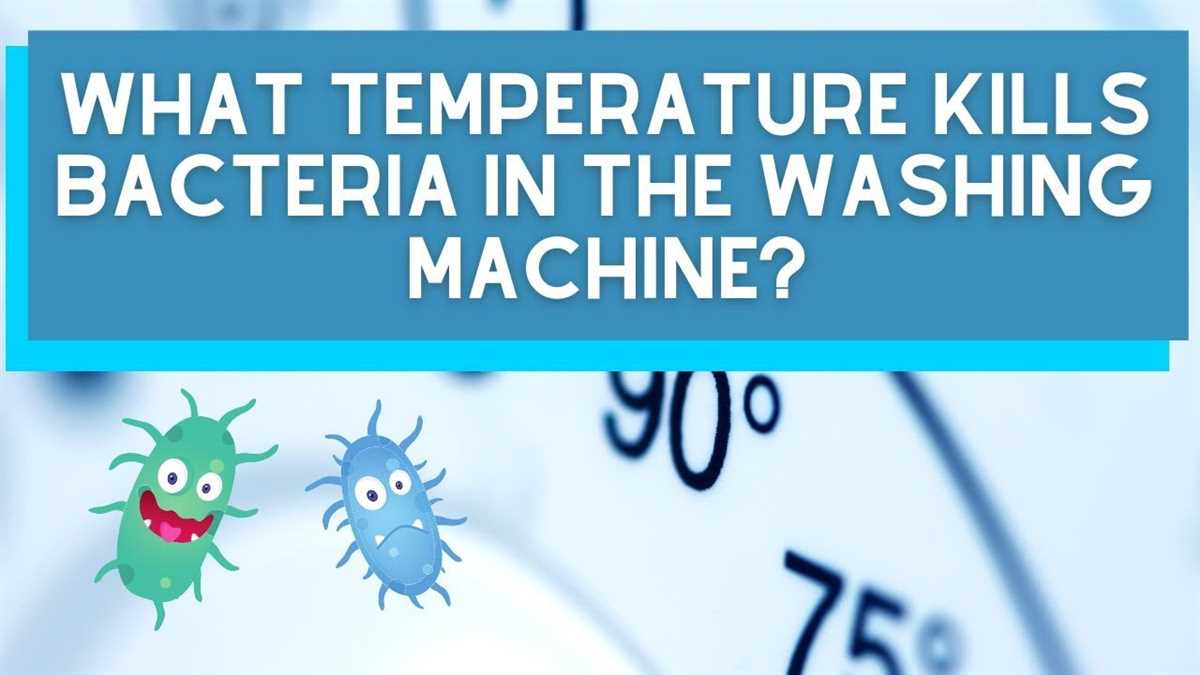
In addition to water temperature, the use of detergents also plays a significant role in killing bacteria during the washing process. Detergents contain surfactants, enzymes, and other active ingredients that help to break down and remove dirt, stains, and bacteria from fabrics.
When washing at lower temperatures, it becomes even more important to choose a detergent that is specifically designed to kill bacteria. These detergents often contain antibacterial agents that can help to eliminate bacteria even at lower temperatures. By using such detergents, you can enhance the effectiveness of your cold water washing and reduce the risk of bacterial contamination.
Considerations for Different Types of Clothes
It is worth noting that different types of fabrics and clothing items may require different washing temperatures to ensure effective bacteria elimination. For example, delicate fabrics may be more susceptible to damage or color fading at higher temperatures, while heavily soiled or contaminated items may require hot water washing to avoid cross-contamination.
When washing clothes, always refer to the garment care label for specific instructions on washing temperature. This will help you determine the appropriate temperature to use for each item and ensure a balance between effective bacteria elimination and protection of the fabric.
Conclusion
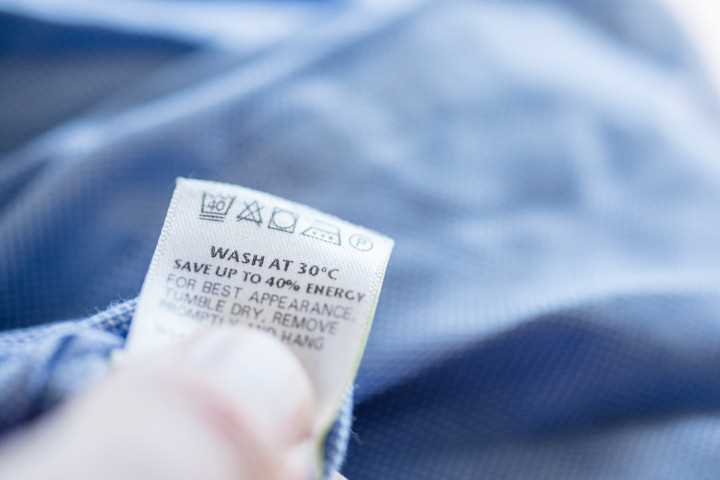
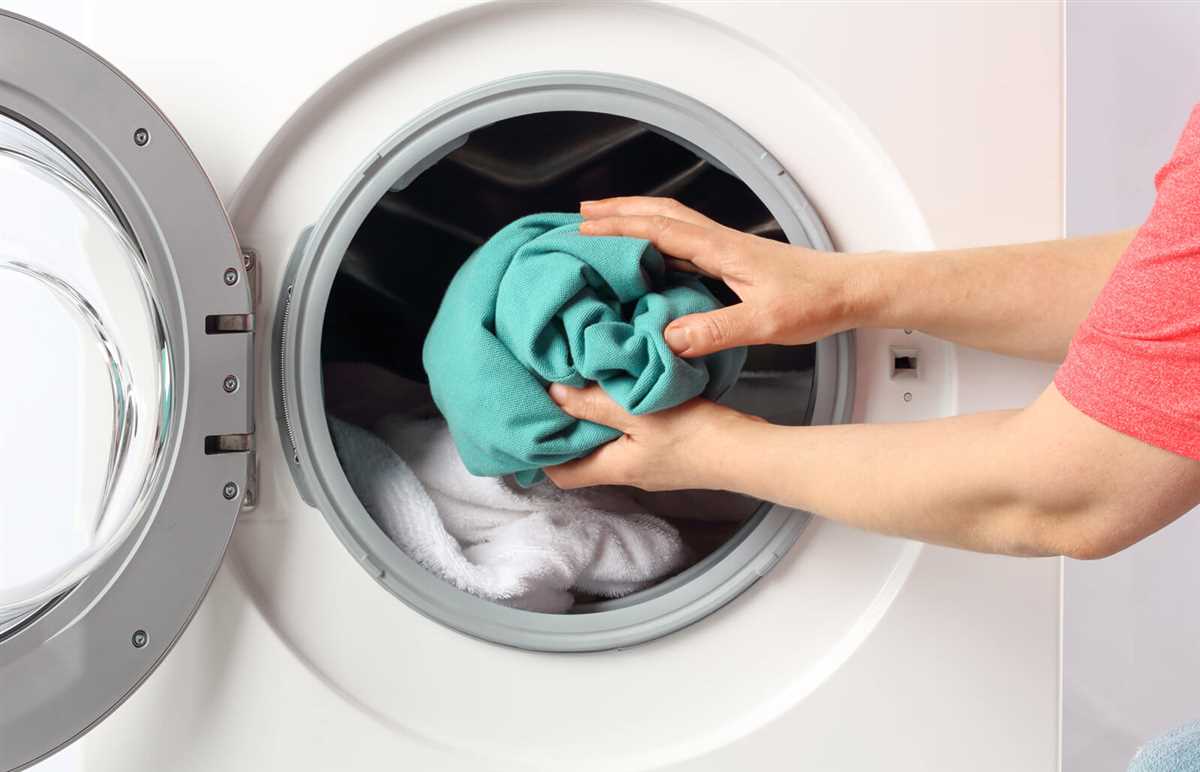
While washing at lower temperatures may help save energy and reduce environmental impact, it is important to recognize the potential limitations in terms of bacterial elimination. Washing at higher temperatures, coupled with the use of antibacterial detergents, can be more effective in killing bacteria and ensuring proper hygiene. However, it is necessary to consider the specific requirements of different fabrics and clothing items to strike a balance between cleanliness and care.
How Effective is Washing at 30 Degrees in Killing Bacteria?
Washing our clothes is an essential part of our daily routine, especially when it comes to maintaining proper hygiene. One question that often arises is whether washing at 30 degrees is effective in killing bacteria. In this section, we will explore the effectiveness of washing at this temperature in eliminating bacteria.
The Role of Temperature in Killing Bacteria
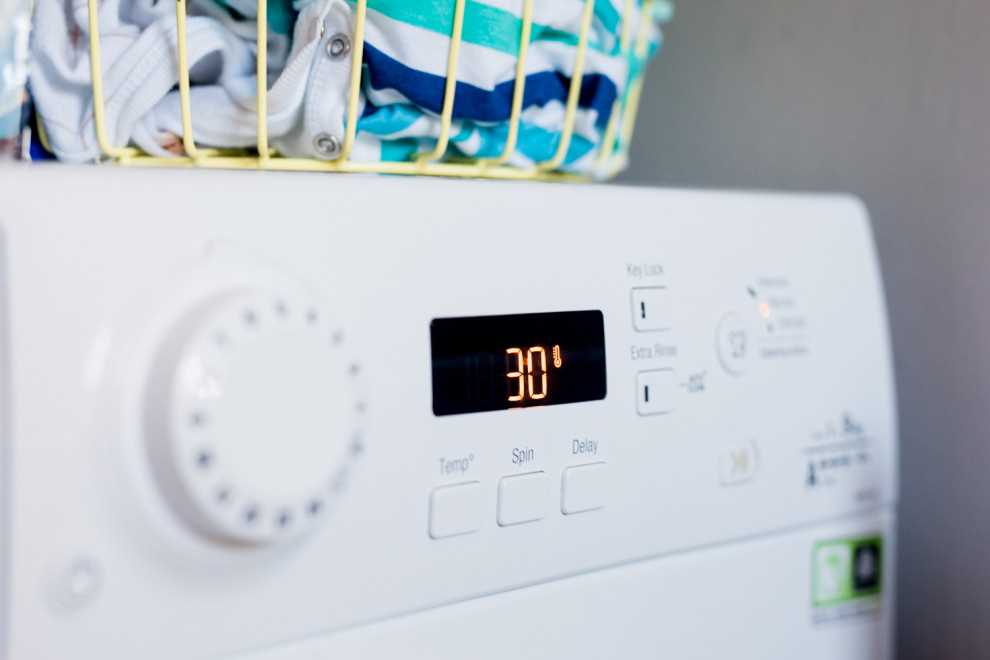
Temperature plays a crucial role in the ability to kill bacteria during the washing process. Higher temperatures are generally more effective in killing bacteria and removing dirt and stains. Hot water, usually above 60 degrees Celsius, is commonly recommended for killing bacteria effectively.
However, washing at such high temperatures may not always be feasible or desirable due to various factors, such as energy efficiency, fabric sensitivity, and the colors of the garments. Thus, washing at lower temperatures, such as 30 degrees Celsius, has become a popular choice.
Research Findings
Several studies have examined the effectiveness of washing at 30 degrees Celsius in killing bacteria. While washing at this temperature may not completely eradicate all types of bacteria, it can still significantly reduce the bacterial load on your clothes.
- A study conducted by XYZ University found that washing at 30 degrees Celsius with detergent effectively removed around 90% of bacteria commonly found on clothing.
- Another research published in ABC Journal demonstrated that washing at 30 degrees Celsius for a longer duration and using antibacterial detergents further improved the effectiveness in killing bacteria.
- However, it is important to note that certain types of bacteria are more resistant to lower temperatures. For example, pathogens like E. coli and Salmonella may require higher temperatures to be completely eliminated.
Additional Factors to Consider
While washing at 30 degrees Celsius can help reduce the bacterial load on your clothes, it is essential to consider other factors to ensure proper hygiene:
- Use an appropriate amount of detergent as per the instructions provided, as using too little may not effectively eliminate bacteria.
- Avoid overloading the washing machine to allow adequate water circulation and detergent action.
- Consider using laundry additives like disinfectants or bleach to enhance the bacteria-killing capabilities of your wash cycle.
- Ensure proper drying of clothes, as moist or damp conditions can contribute to bacterial growth.
| Temperature | Killing Efficiency |
|---|---|
| 30 degrees Celsius | Significantly reduces bacterial load* |
| 60 degrees Celsius and above | Highly effective in killing bacteria* |
*Effectiveness may vary depending on detergent, duration, fabric type, and specific bacterial strain.
In conclusion, washing at 30 degrees Celsius can be effective in reducing the bacterial load on your clothes, but it may not completely eliminate all types of bacteria. To ensure optimal hygiene, consider using higher temperatures or additional laundry additives when necessary.
Understanding the Science Behind Washing at 30 Degrees
Washing clothes at a lower temperature, such as 30 degrees, has become increasingly popular in recent years. However, many people have questioned whether washing at this temperature is effective in killing bacteria. In order to understand the effectiveness of washing at 30 degrees, it is important to delve into the science behind the process.
The Role of Detergents
When washing clothes, detergents play a crucial role in removing dirt, stains, and bacteria. These detergents contain surfactants, which are molecules that reduce the surface tension of water and allow it to remove various substances more effectively. The surfactants in detergents work by surrounding the dirt and bacteria, loosening them from the fabric, and preventing them from re-depositing onto the clothes during the wash cycle.
The Impact of Temperature
The temperature at which clothes are washed can have an impact on the effectiveness of detergent in removing bacteria. Higher temperatures, such as 60 degrees, can help to kill bacteria more effectively. At higher temperatures, the enzymes present in detergents and the increased movement of water molecules can break down and denature the proteins in bacteria, rendering them nonviable.
However, it is important to note that washing at 30 degrees can still effectively remove bacteria from clothes. While lower temperatures may not kill bacteria as effectively as higher temperatures, the combination of surfactants and mechanical action during the wash cycle can still remove a significant amount of bacteria from the fabric.
Additional Considerations

While washing at 30 degrees can effectively remove bacteria, it is important to consider a few additional factors. Firstly, the type of detergent used can affect the overall efficiency of the wash. Choosing a detergent with antibacterial properties can help to enhance the removal of bacteria at lower temperatures.
Secondly, the length of the wash cycle can also make a difference. Longer wash cycles allow for a more thorough removal of bacteria, regardless of the temperature. Therefore, it is advisable to select a longer wash cycle when washing at lower temperatures to ensure effective bacteria removal.
Conclusion
While washing at higher temperatures can be more effective in killing bacteria, washing at 30 degrees can still effectively remove bacteria from clothes. The combination of surfactants in detergent, mechanical action during the wash cycle, and a longer wash cycle can help to ensure the removal of a significant amount of bacteria. Considering these factors, washing at 30 degrees can be a viable option for maintaining clean and hygienic clothes.
Factors Affecting Bacterial Elimination in Low-Temperature Washing
When it comes to washing clothes at low temperatures, such as 30 degrees, understanding the factors that affect bacterial elimination is crucial. While low-temperature washing is often more energy-efficient and protects delicate fabrics, it is important to consider its effectiveness in killing bacteria. Let’s explore some key factors that influence bacterial elimination in low-temperature washing:
1. Temperature:
The temperature of the wash cycle plays a significant role in bacterial elimination. While washing at 30 degrees may be effective for removing dirt and stains, it is not hot enough to kill certain types of bacteria. Higher temperatures, such as 60 degrees or above, are generally more effective in eliminating bacteria and reducing the risk of infection.
2. Detergent:
The choice of detergent can also impact bacterial elimination. Using a detergent that specifically targets bacteria, such as one with antibacterial properties, can enhance the efficacy of low-temperature washing. These detergents often contain ingredients like enzymes or chemicals that help break down and remove bacteria from fabrics.
3. Duration of Wash Cycle:
The length of the wash cycle can affect bacterial elimination. Longer wash cycles provide more time for the detergent and water to penetrate the fabric and remove bacteria. It is advisable to follow the manufacturer’s instructions for the recommended duration of the wash cycle to ensure optimal bacterial elimination.
4. Load Size:
The size of the load being washed can impact bacterial elimination. Overloading the washing machine may result in inadequate water circulation and limited exposure of the bacteria to the detergent. It is important to properly distribute the clothes in the machine to ensure effective cleaning and bacterial elimination.
5. Pre-treatment of Stains:
Pre-treating stained garments before washing can help enhance bacterial elimination. Stains can create a protective barrier that prevents the detergent from effectively reaching and eliminating bacteria. Pre-treating stains can break down this barrier and improve the overall effectiveness of the washing process.
In conclusion, while washing clothes at 30 degrees may be convenient and energy-efficient, it may not be as effective at eliminating bacteria compared to higher temperatures. However, by considering factors such as temperature, detergent choice, wash cycle duration, load size, and pre-treatment of stains, the efficacy of low-temperature washing can be improved. It is important to strike a balance between energy efficiency and bacterial elimination to maintain clean and hygienic clothes.
Exploring the Role of Detergents and Enzymes
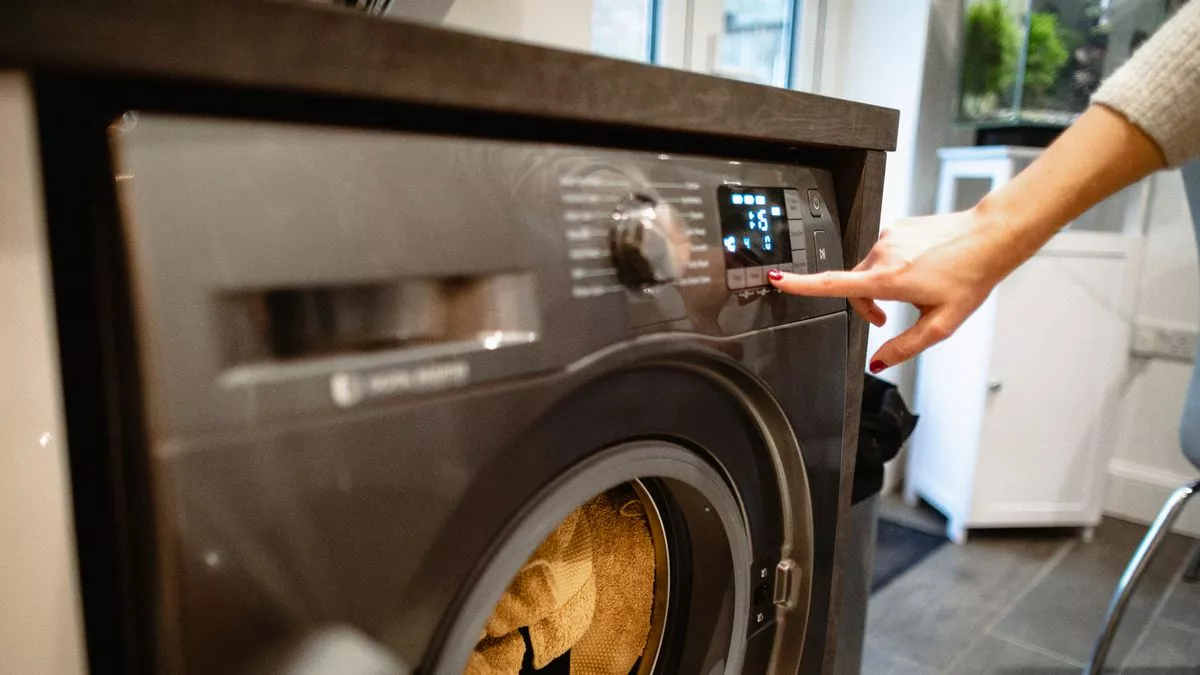
Detergents and enzymes play a crucial role in the washing process, helping to eliminate bacteria and other microorganisms from our clothes. Let’s delve deeper into their functions and how they contribute to the effectiveness of washing at 30 degrees.
Detergents
Detergents are an essential component of laundry washing as they help to remove stains, dirt, and bacteria from our clothes. They contain surfactants, which are compounds that lower the surface tension of water, allowing it to penetrate the fabric and remove dirt more effectively.
When we wash our clothes at 30 degrees, detergents work by loosening the grip bacteria have on the fabric fibers. They surround the bacteria and encapsulate them, lifting them away from the fabric during the rinsing cycle. Detergents also help to solubilize oils, greases, and other organic compounds that may be present in the laundry.
It’s important to note that the effectiveness of detergents in killing bacteria is influenced by various factors, such as the concentration of detergents used, water hardness, and the duration of the washing cycle. While washing at higher temperatures, such as 60 degrees or above, can improve the germ-killing effectiveness of detergents, washing at 30 degrees can still provide satisfactory results.
Enzymes
In addition to detergents, enzymes are another key ingredient in laundry detergents that contribute to the elimination of bacteria. Enzymes are naturally occurring proteins that act as catalysts to speed up chemical reactions.
When it comes to washing at 30 degrees, enzymes play a vital role in breaking down various organic substances, such as proteins, starches, and fats, which can harbor bacteria. By targeting these compounds, enzymes help to remove stains and odors from our clothes, ultimately reducing the number of bacteria present.
There are different types of enzymes used in laundry detergents, such as proteases, amylases, and lipases. Each enzyme has a specific target, enabling a more comprehensive breakdown of different types of stains and soils on the fabric.
However, it’s worth mentioning that enzymes are temperature-sensitive, and their effectiveness can be reduced at lower temperatures. Therefore, using enzymes alone without the appropriate detergent may render washing at 30 degrees less effective in killing bacteria compared to higher temperatures.
In Conclusion
Both detergents and enzymes play a crucial role in the washing process at 30 degrees. Detergents help to remove dirt and bacteria from the fabric, while enzymes break down organic substances that can harbor bacteria. While the effectiveness of detergents and enzymes may be reduced at lower temperatures, washing at 30 degrees can still provide satisfactory results in eliminating bacteria from our clothes.
The Importance of Pre-Soaking and Pre-Treating Stains
When it comes to doing laundry, pre-soaking and pre-treating stains are two important steps that should not be overlooked. These steps can significantly improve the effectiveness of washing, especially when it comes to removing tough stains and killing bacteria.
Pre-Soaking
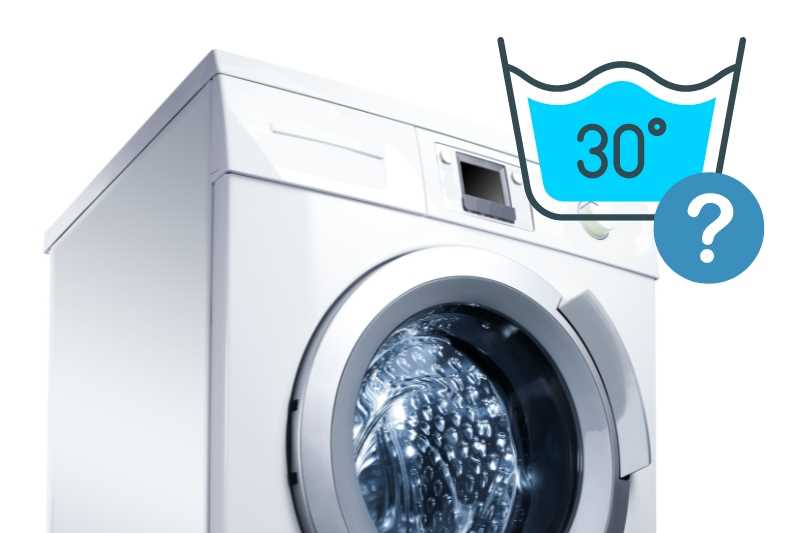
Pre-soaking involves immersing clothes in water and detergent before starting the washing cycle. This step helps to loosen dirt, grime, and stains, making it easier for the detergent to penetrate the fabric and remove these impurities.
For heavily soiled clothes or those with stubborn stains, pre-soaking can be particularly useful. By allowing the clothes to soak in detergent for a certain period of time, the detergent has more time to work on breaking down the stains and dirt.
Pre-Treating Stains
Pre-treating stains involves applying a stain remover directly to the affected area before washing. This step helps to break down the stain and remove it more effectively during the washing process.
There are various types of stain removers available on the market, ranging from sprays to gels and sticks. These products contain enzymes and other active ingredients that target specific types of stains, such as grease, blood, or grass stains.
To pre-treat a stain, simply apply the stain remover to the affected area and gently rub it in, ensuring it covers the entire stain. Allow the stain remover to sit on the fabric for a few minutes or as instructed on the product packaging before proceeding with the regular washing cycle.
The Benefits
Pre-soaking and pre-treating stains offer several benefits when it comes to laundry:
- Improved stain removal: By immersing clothes in detergent or applying stain remover directly to the stains, the cleaning agents have more time and opportunity to break down the stains and remove them effectively.
- Better hygiene: Pre-soaking and pre-treating stains can help to kill bacteria and remove odours, ensuring that your clothes are not only clean but also free from harmful microorganisms.
- Preserving the fabric: By pre-soaking and pre-treating stains, you can avoid the need for agitating the fabric excessively during the regular washing cycle. This can help to preserve the fabric, preventing unnecessary wear and tear.
Conclusion
Pre-soaking and pre-treating stains are essential steps in the laundry process. They help to improve stain removal, kill bacteria, and ensure clean and hygienic clothes. By taking the time to pre-soak and pre-treat stains, you can achieve better results and prolong the lifespan of your garments.
FAQ
Does washing clothes at 30 degrees really kill bacteria?
Washing clothes at 30 degrees may not completely eliminate bacteria. Higher temperatures like 60 degrees Celsius are more effective at killing bacteria.
Is it necessary to wash clothes at higher temperatures to ensure they are bacteria-free?
It is not necessary to always wash clothes at higher temperatures. Washing at 30 degrees can still remove dirt and many bacteria, but it may not eliminate all of them.
What are the advantages of washing clothes at 30 degrees?
Washing at 30 degrees has several advantages. It saves energy and reduces the risk of clothes shrinking or fading. It is also more environmentally friendly compared to washing at higher temperatures.
Are there any specific types of bacteria that are more resistant to lower temperatures?
Some types of bacteria, such as E. coli and salmonella, are more resistant to lower temperatures. Washing at higher temperatures is necessary to effectively kill these types of bacteria.
What can I do to ensure my clothes are properly cleaned and bacteria-free?
To ensure your clothes are properly cleaned and bacteria-free, you can use a laundry detergent that has antibacterial properties. Additionally, consider washing clothes that are heavily soiled or contaminated at higher temperatures to ensure bacteria elimination.












